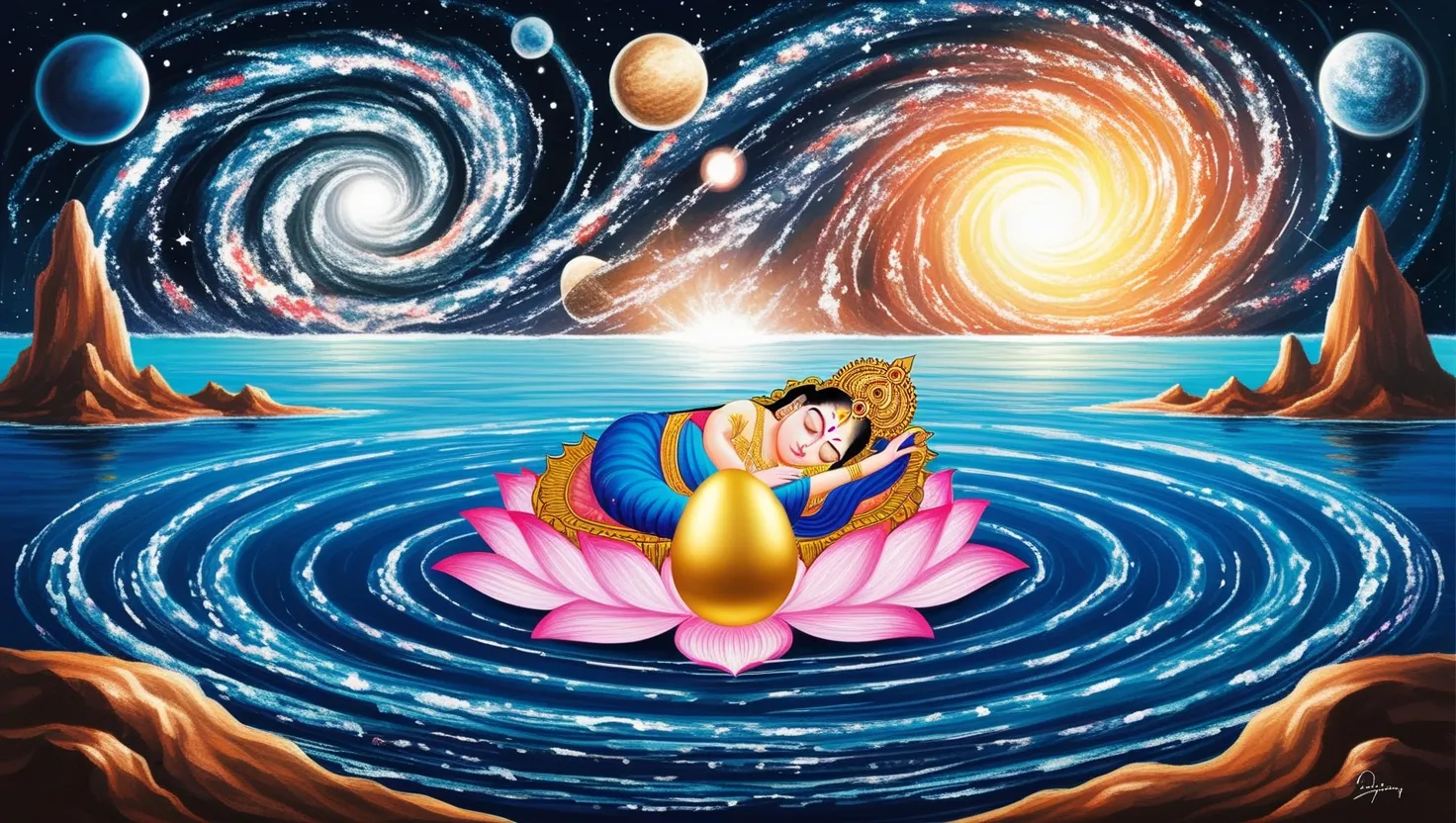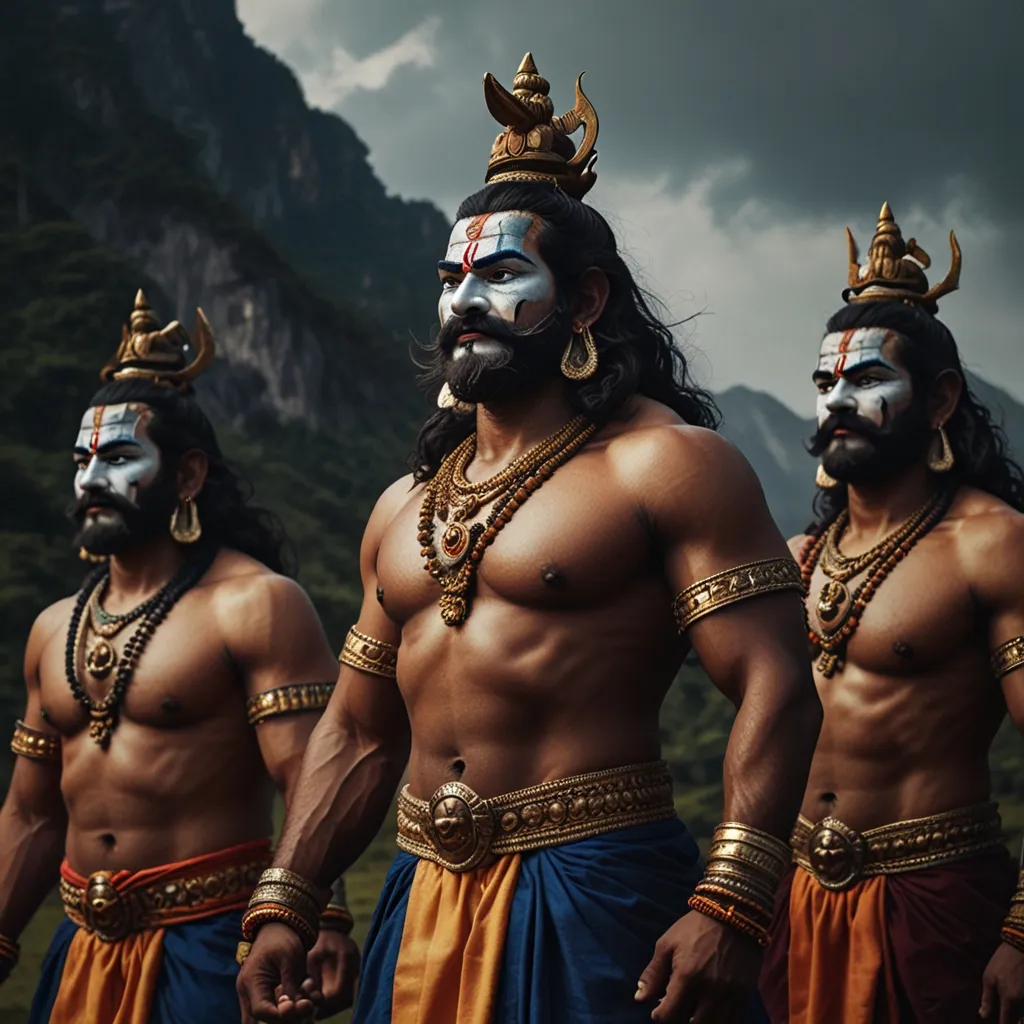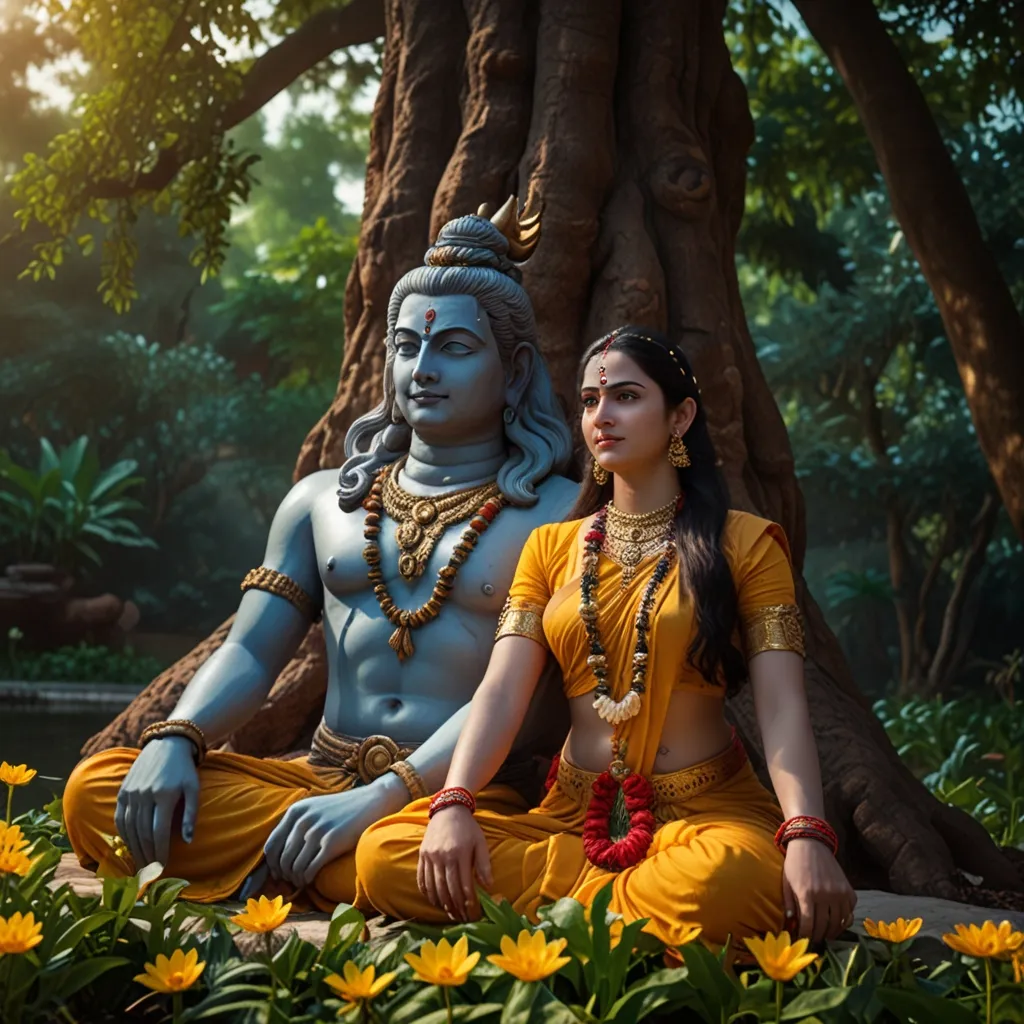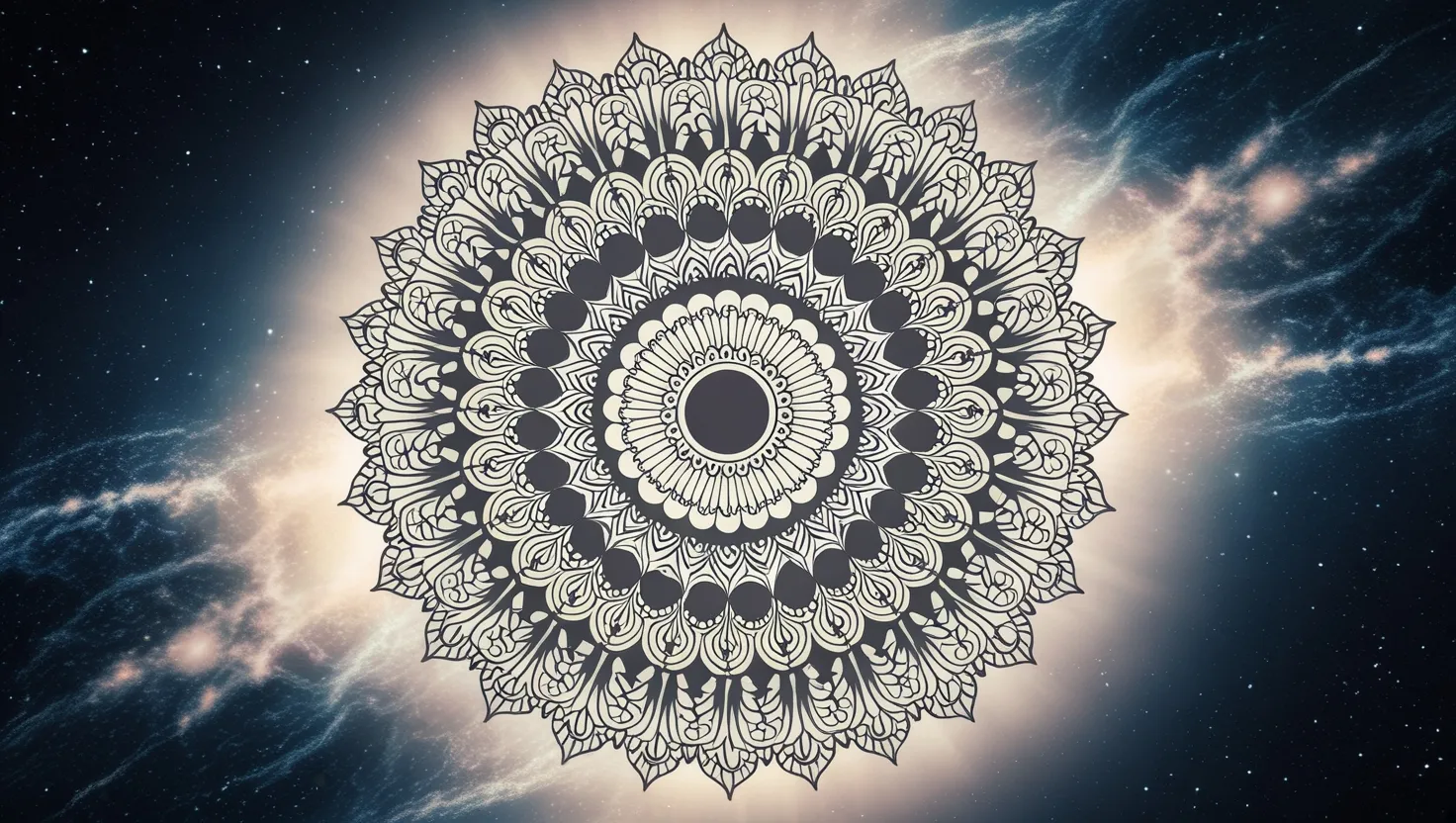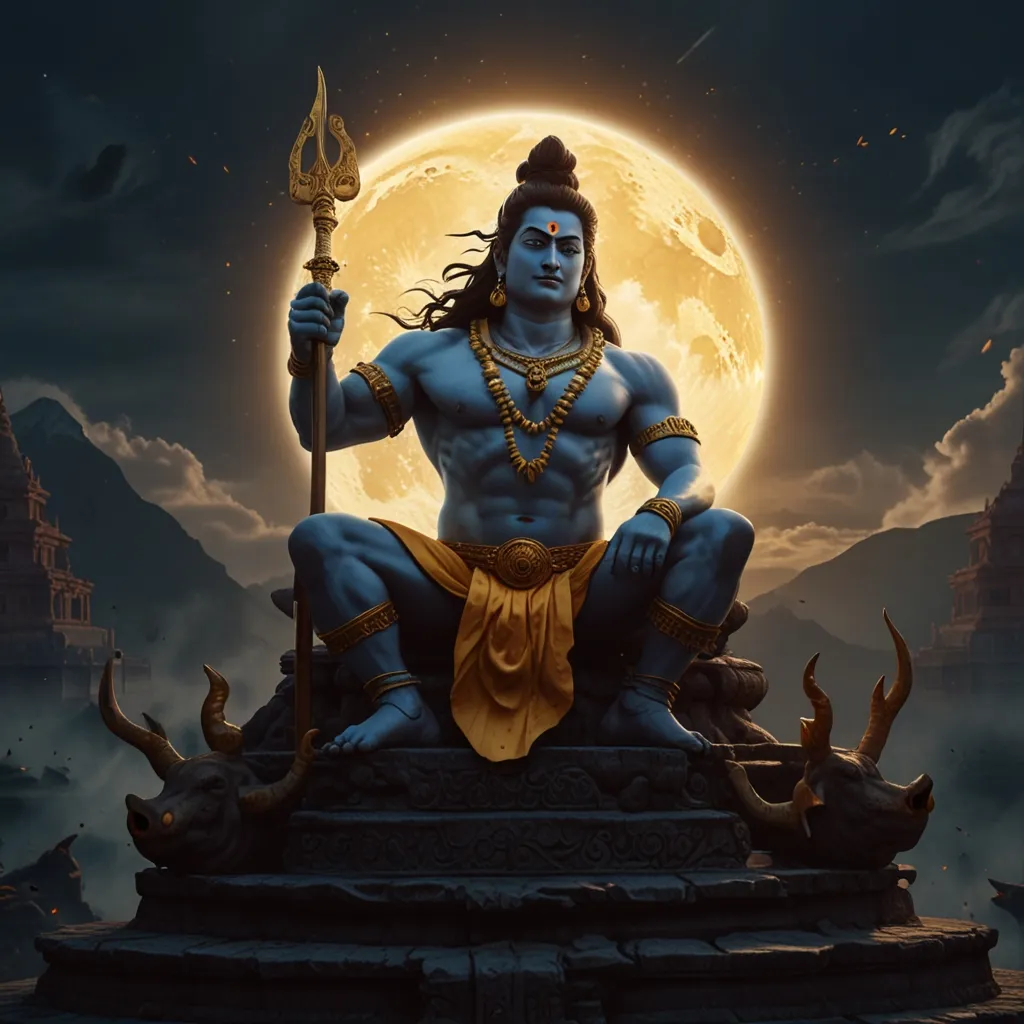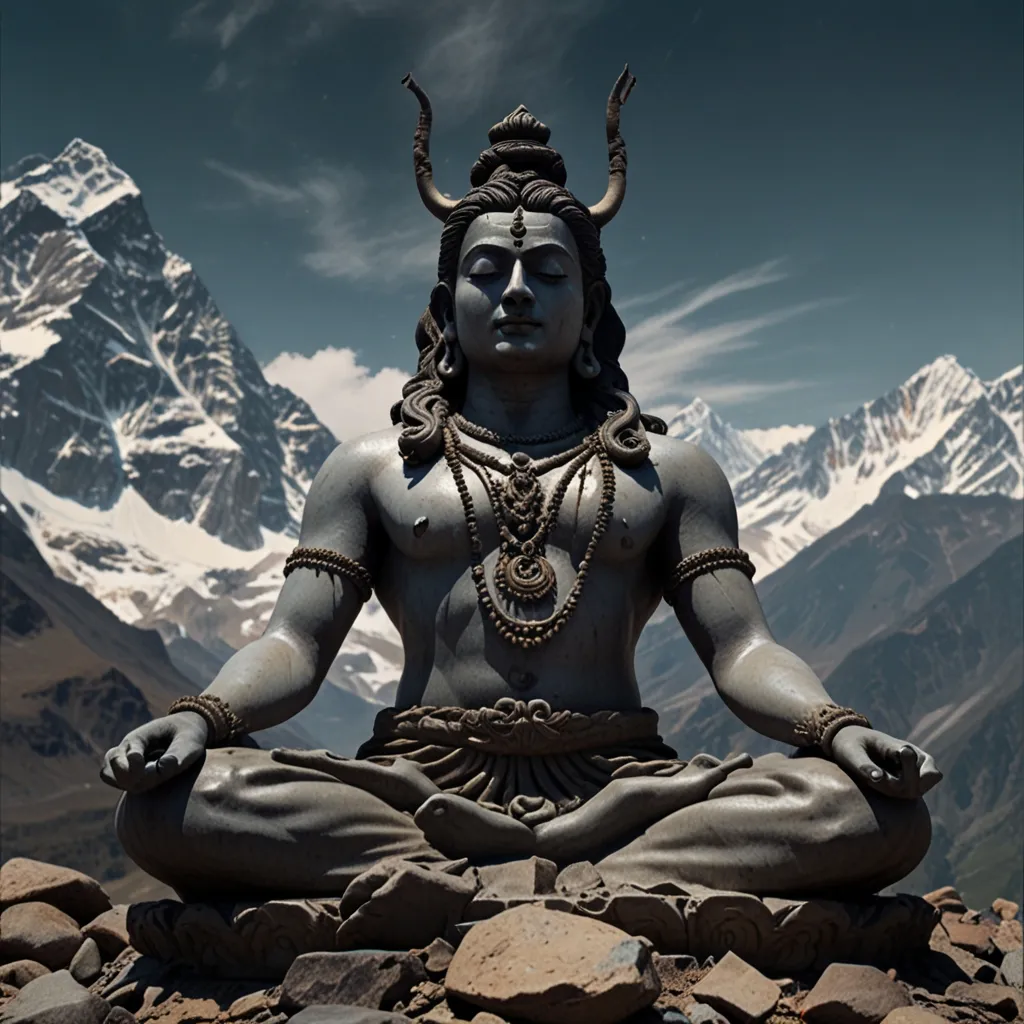In the vast and intricate landscape of Hindu mythology, the Puranas stand out as a treasure trove of creation myths that not only explain the origins of the universe but also delve into the deeper philosophical and cosmological aspects of existence. As we explore these myths, we find ourselves immersed in a world of vivid imagery, symbolic depth, and profound insights.
The Dream of Vishnu
Imagine a universe born from the dreams of a sleeping god. In the myth of Vishnu’s Dream, the cosmos emerges as Vishnu slumbers on the cosmic ocean. This narrative is more than just a whimsical tale; it illustrates the concept of maya, or the illusory nature of reality. As the great Hindu philosopher Adi Shankara once said, “The world is a mere shadow of the Ultimate Reality.” Here, the dream serves as a metaphor for the ephemeral and ever-changing nature of our world.
As we ponder this myth, we are forced to question what is real and what is merely a projection of our minds. Is our reality a dream, a fleeting moment in the grand scheme of existence? This myth encourages us to look beyond the surface, to seek the truth that lies beneath the illusions of our everyday lives.
Brahma’s Birth from the Lotus
In another captivating myth, Brahma, the creator god, emerges from a lotus growing from Vishnu’s navel. This story is a powerful symbol of the interconnectedness of creation and preservation. The lotus, often associated with spiritual growth and enlightenment, represents the purity and beauty that can arise from even the most unexpected places.
This myth also highlights the cyclical nature of creation, where one god gives rise to another, and the process of creation is both continuous and interdependent. It reminds us that our existence is part of a larger web of life, where every action and every being is connected.
The Cosmic Egg
The universe born from a golden egg floating in primordial waters is a myth that resonates deeply with the idea of potentiality within nothingness. This golden egg, known as the Hiranyagarbha, is a symbol of the infinite possibilities that lie dormant, waiting to be realized.
As the egg cracks open, the universe unfolds, revealing the intricate balance of elements and forces that govern our world. This myth speaks to the idea that even in the void, there is always the potential for creation and growth. It challenges us to see the world as a place of endless possibilities, where every moment holds the promise of new beginnings.
Shiva’s Tandava
Shiva’s cosmic dance, or Tandava, is a myth that embodies the dynamic and ever-changing nature of existence. With each step, Shiva generates different aspects of the universe, from the stars in the sky to the smallest particle on earth. This dance is not just a physical movement but a metaphysical one, symbolizing the constant flux and transformation that underlie all of life.
As Shiva dances, he reminds us that creation is not a static event but an ongoing process. The universe is in a state of perpetual motion, and we are all part of this grand dance. This myth encourages us to embrace change and see it as an essential part of our journey through life.
The Churning of the Ocean
One of the most famous creation myths from the Puranas is the story of the churning of the cosmic ocean. Here, gods and demons come together to churn the ocean, producing various elements of creation, including the nectar of immortality, Soma. This myth illustrates the interplay of opposing forces in shaping the world.
As the gods and demons work together, they demonstrate that even the most disparate elements can come together to create something greater than the sum of its parts. This myth teaches us about the importance of cooperation and balance in achieving our goals and maintaining harmony in the world.
Reflections on Creation
These creation myths from the Puranas offer more than just stories of how the universe came into being; they provide profound insights into Hindu cosmology and philosophy. They invite us to ponder the nature of reality, the interconnectedness of all things, and the dynamic balance that governs our world.
As we reflect on these myths, we are reminded of the words of the ancient Hindu text, the Rig Veda: “The universe is not a collection of distinct objects, but a continuum, where every point is inseparable from the rest.” This continuum is what the Puranas so beautifully illustrate through their diverse and captivating creation myths.
Questions to Ponder
- What does the concept of maya mean to you? How do you see it playing out in your daily life?
- How do you interpret the symbolism of the lotus in Brahma’s birth myth?
- What does the idea of potentiality within nothingness, as represented by the cosmic egg, mean to you?
- How do you see Shiva’s Tandava reflected in the changes and transformations of your own life?
- What lessons can we learn from the cooperation between gods and demons in the churning of the ocean?
As we delve into these myths, we find ourselves on a journey of self-discovery and philosophical exploration. The Puranas, with their rich tapestry of stories and symbols, offer us a unique lens through which to view the world and our place within it. They remind us that creation is not just an event but a continuous process, and that we are all part of this grand narrative.
